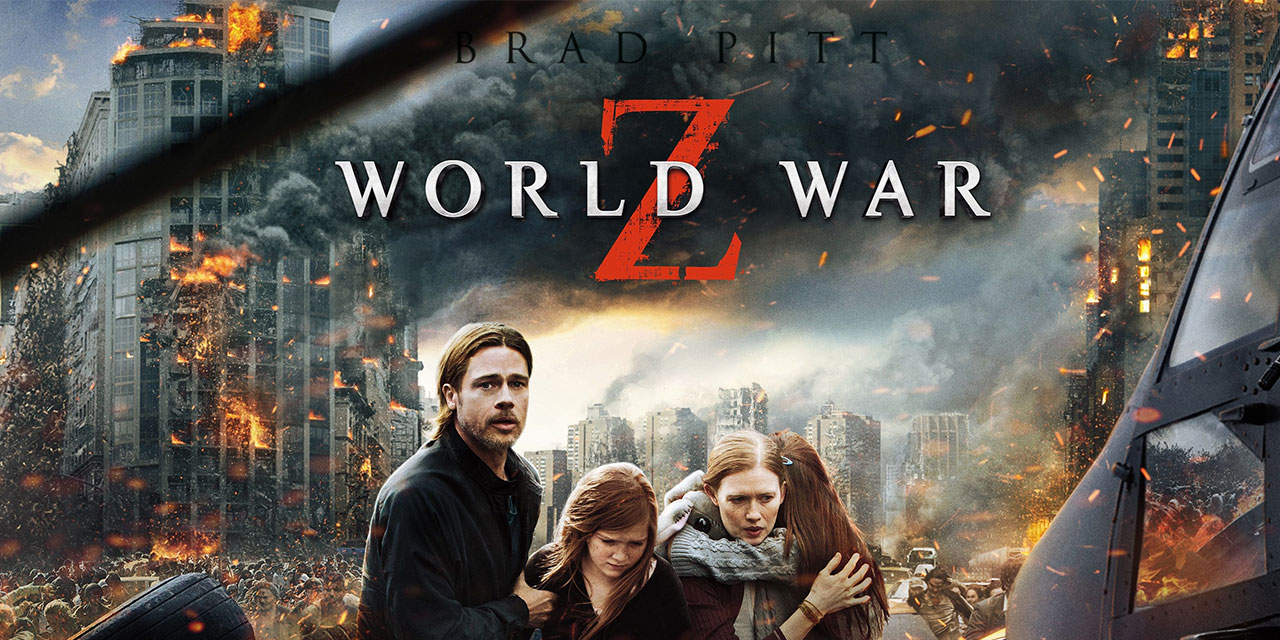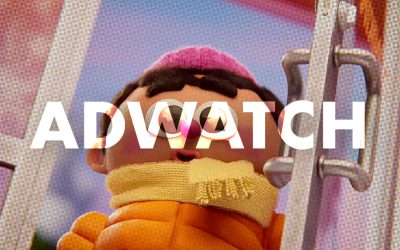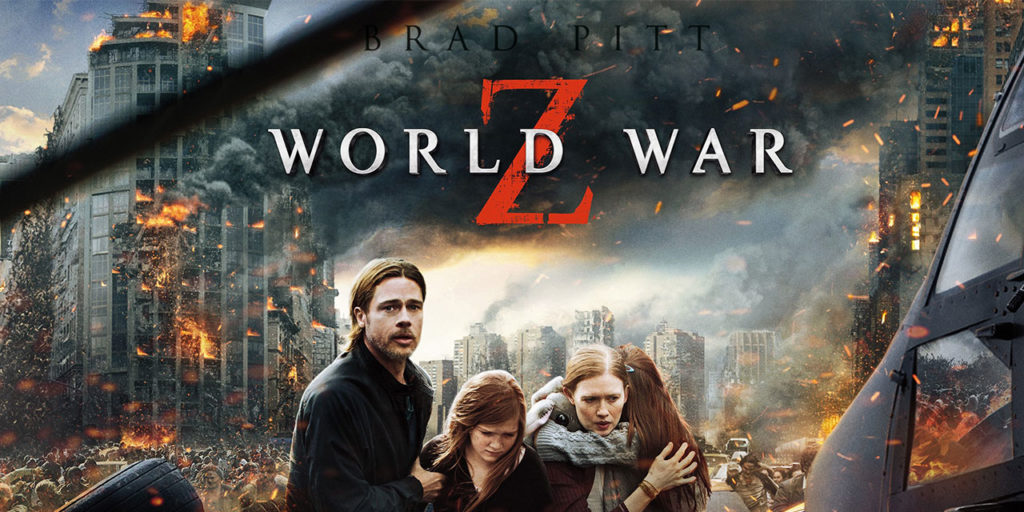
Movie Marketing: Winners and Losers from the Summer of 2013
Summer is a big time at the cinema. Studios release big movies they spent big money on, and people flock to them in big crowds to shell out big bucks. And the connective tissue that works tirelessly to bring those big movies and big crowds together? Marketing.
Summer movie marketing is a challenge for a couple of reasons:
The Stakes – More and more, a movie’s success depends on how much money it makes opening weekend. With studios spending $100-200 million on many summer movies, it’s imperative they drive butts to seats right off the bat (before people can find out how terrible a movie might be).
The Variables – They are a lot of different approaches you can take when “pitching” a movie to the public. Do you focus on your stars, your story or your groundbreaking special effects? With all the competition of the summer movie marketplace, you have to create a must-see event.
With those key challenges in mind, today we’re naming our marketing winners and losers from the 2013 summer movie season. We’ll tell you what major releases marketed their way to box office glory and what flicks failed to create the impression they were worth the price of admission.
The Best and Worst Summer ’13 Movie Marketing
A couple quick notes before we jump into our picks: First, since they have a ready-made audience, we decided to knock sequels out of the running. Sorry Iron Man 3 and Despicable Me 2, but you had an unfair competitive advantage. And we just can’t condone the use of box-office enhancing drugs.
Second, we’ve included trailers for all the movies listed to give you something to feast your eyes on. But keep in mind that marketing is much more than just a trailer. It’s everything a studio does to shape your impression of a movie. That being said, please set your cell phone to silent and enjoy the show…
THE WINNERS
Here are the marketing heroes of the summer movie season:
The Conjuring/The Purge
This potent 1-2 combo proved you don’t need a big budget to draw in big summer crowds. The Purge attracted audiences by clearly relaying it’s intriguing premise to moviegoers (what if all crime was legal for one 24-hour period every year). Meanwhile, The Conjuring managed to become one of the summer’s biggest success stories by focusing the marketing on how scary people thought the movie was and playing up the “based on true events” angle.
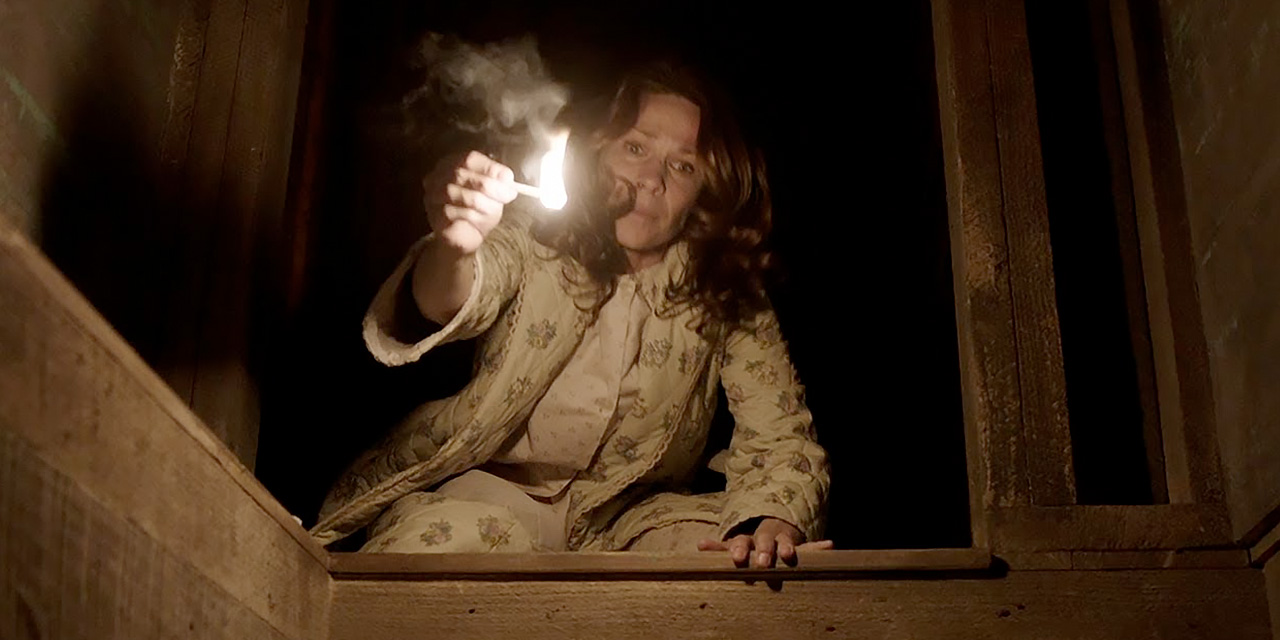
This Is The End
One of the summer’s surprise hits, This Is The End harnessed the power of the Internet to drive interest in the film. From online videos (like this one from Franco’s bunker) to fake movie promos (like this one for Pineapple Express 2) to some hilarious red-band trailers, the marketing for This Is The End showed fans there were big laughs to be had here. In a comedy-starved summer, This Is The End found a wide audience.
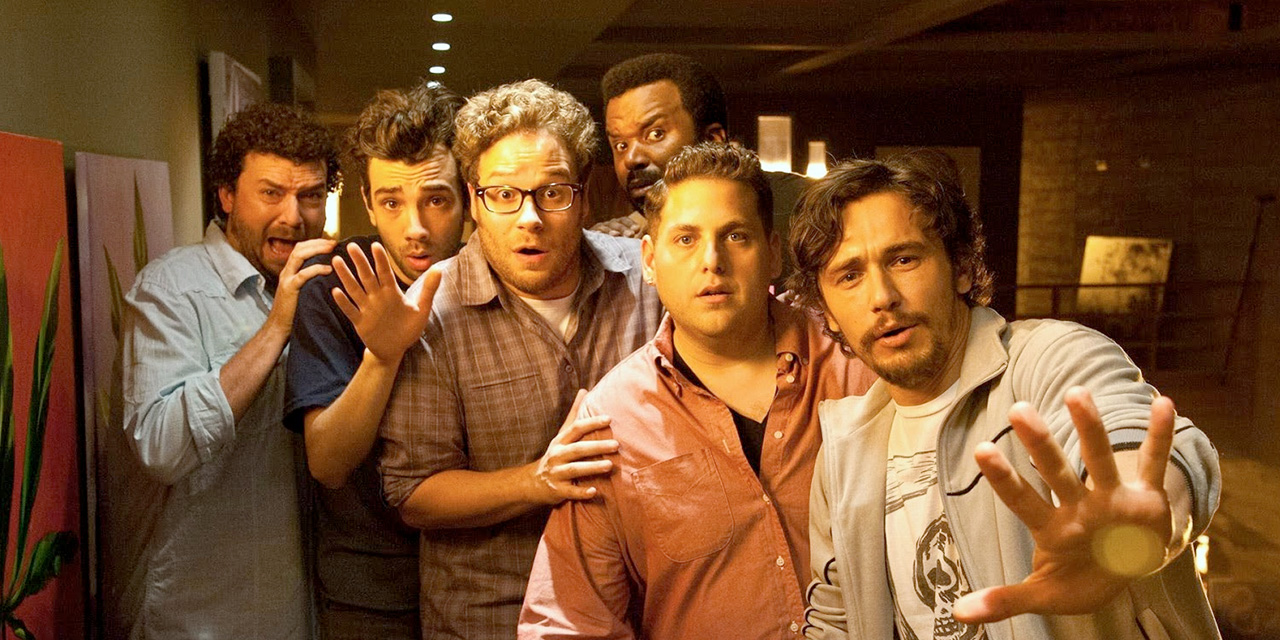
World War Z
What do you do when your movie has gone over its already-bloated budget and there’s bad industry buzz swirling around it? You market the hell out of it! That’s just what they did with World War Z and it worked gangbusters. The marketers were smart to sell this as a big-budget action thriller with big set pieces and a big star—rather than simply a zombie movie. People want big from their summer movies, and they positioned World War Z as a film that delivered it.
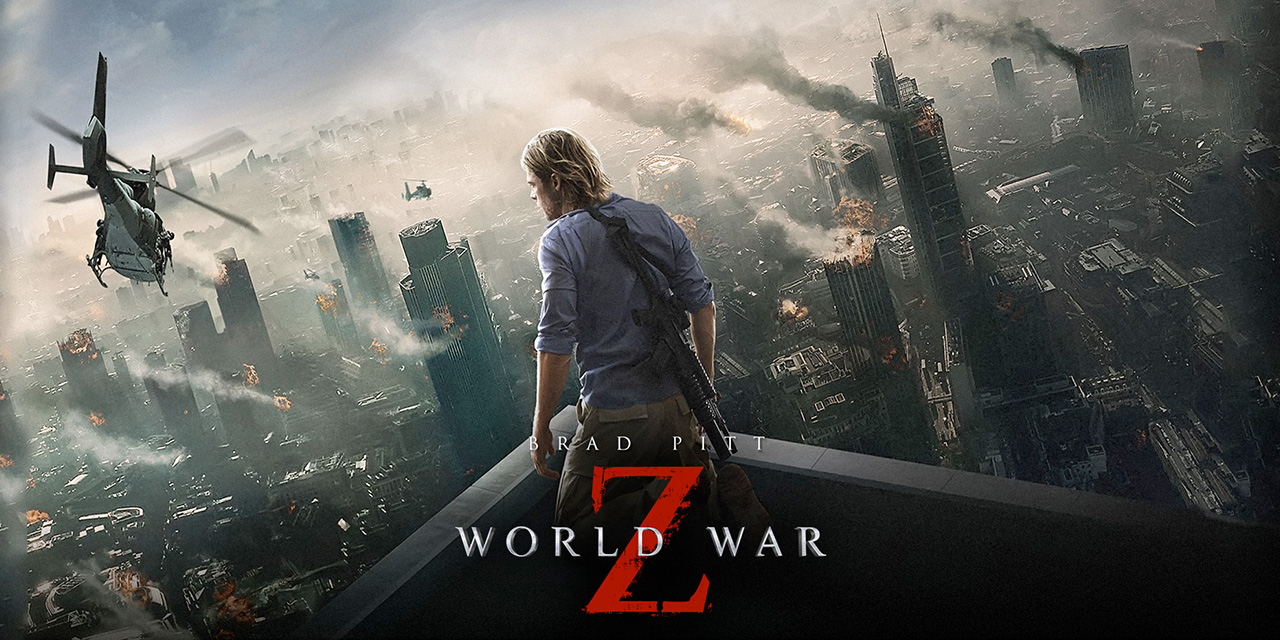
Man of Steel
Man of Steel faced a particularly difficult marketing challenge: It’s another reboot of a franchise that was just rebooted in 2006 with Superman Returns. That means the marketing had to go to great lengths to show people this Superman was different (and better). From trailers that showed a more serious tone to posters that illustrated a darker look, the marketers succeeded admirably with a huge campaign that made Man of Steel one of the summer’s top must-see movies (it has made nearly $290 million to date in the U.S. alone). This was the very best movie marketing of summer 2013.
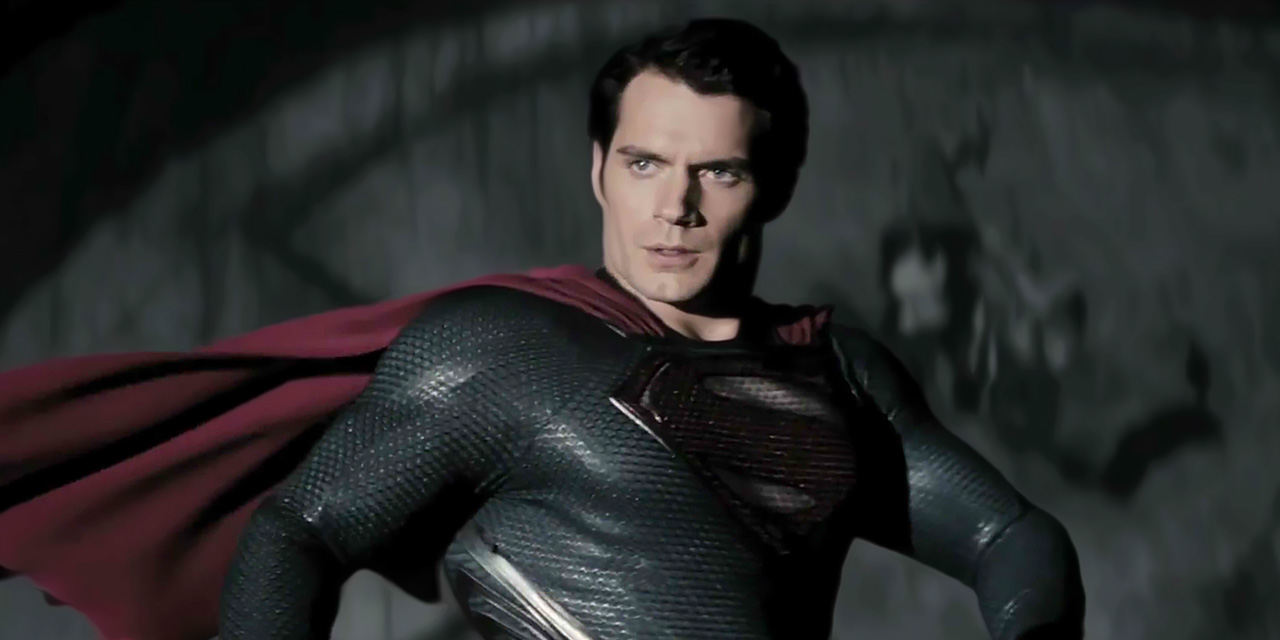
THE LOSERS
Since you can’t have winners without having losers, here are some summer movie marketing efforts that just didn’t get the job done:
Pacific Rim
Despite some great initial marketing that intrigued and teased audiences (ala 2008’s Cloverfield), Pacific Rim failed to follow through when it came time to give us more. The special effects and monsters vs. robots premise were spotlighted, but the marketing didn’t relay the film’s characters or interesting backstory. With a movie like this, they could’ve (and should’ve) done a lot more.

White House Down
As we mentioned earlier, audiences want big from their summer movies. For some unexplainable reason, White House Down‘s marketing made the film look like a buddy action-comedy instead of a big summer popcorn flick. The marketing focused on the film’s two stars (Jamie Foxx and Channing Tatum) but didn’t clearly relay the premise or show us any unique action set pieces.

The Internship
The first rule of a comedy: Show us something funny. The marketing for The Internship failed at this simple task. Instead, they played up the Wedding Crashers connection—a comparison that probably didn’t do this movie any favors. They also gave a lot of exposure to Google’s role in the film, which made it seem like the whole movie might just be a commercial for Google.
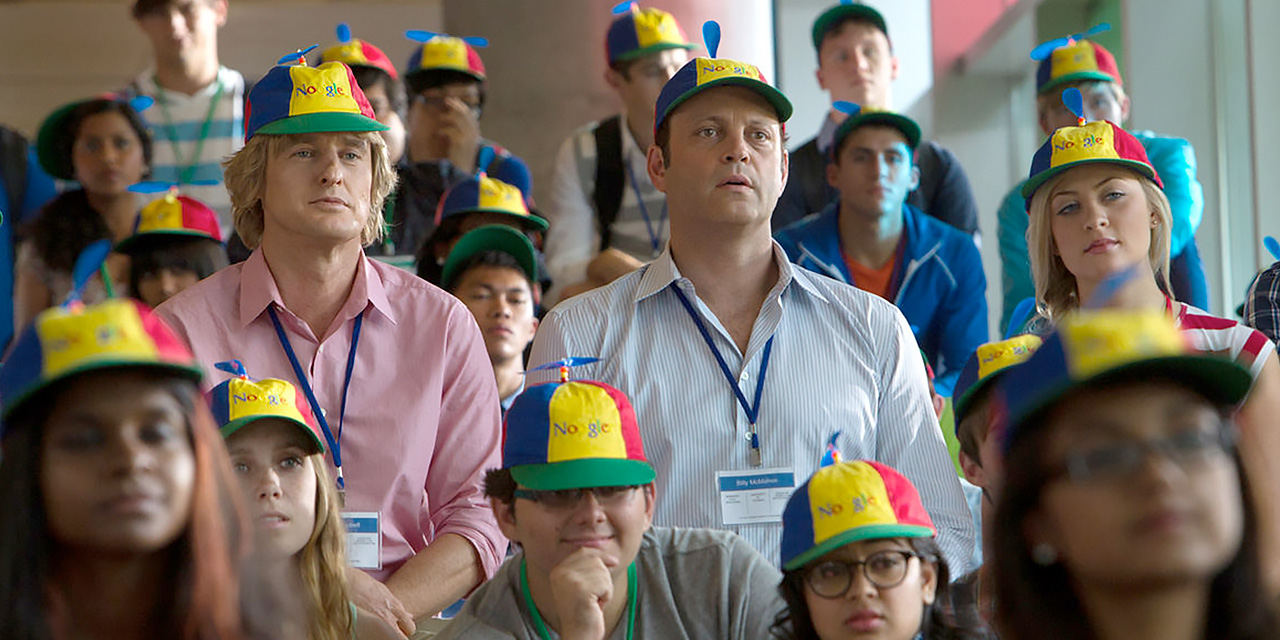
After Earth
Many people noted how After Earth‘s marketing honed in on Will Smith, who only plays a supporting role in the film, and ignored the presence of M. Night Shyamalan, a director with a string of duds under his belt. But the real problem was the inability of the marketing to focus on anything interesting or unique about the film. And the chuckle-inducing tagline “Danger is real. Fear is a choice.” didn’t help much either.
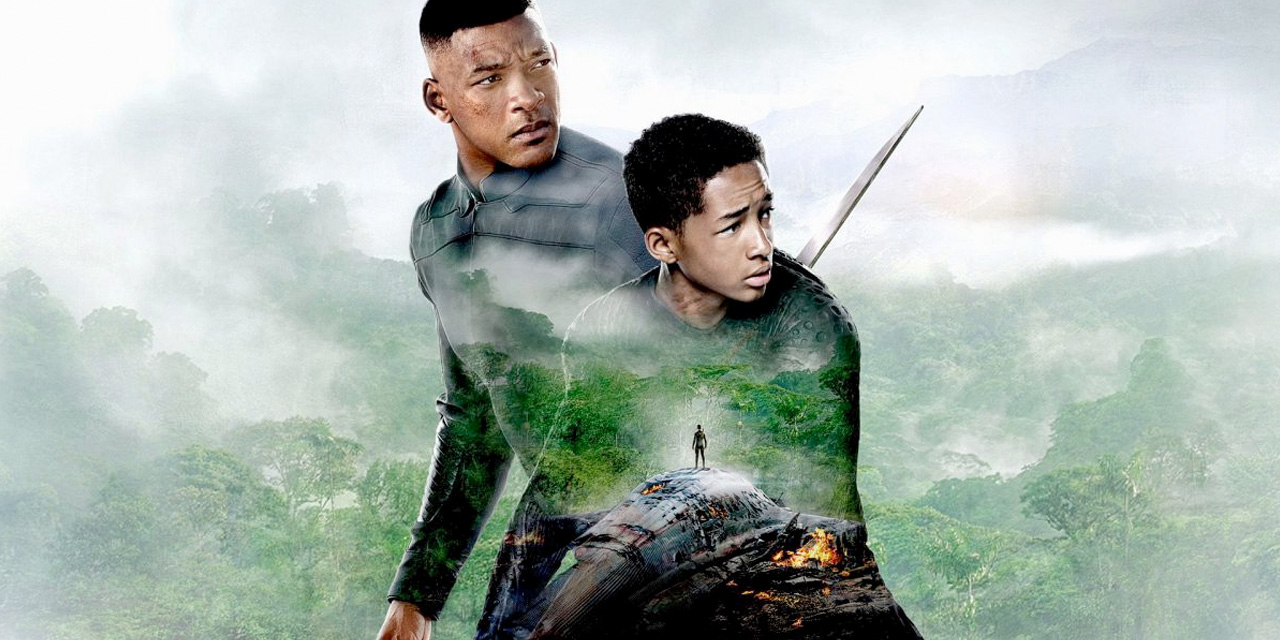
THAT’S OUR OPINION…
NOW GIVE YOUR HUMAN OPINION AND SEE WHAT OTHERS ARE SAYING ABOUT THESE PICKS.
ADVERTISEMENT
ADVERTISEMENT

